
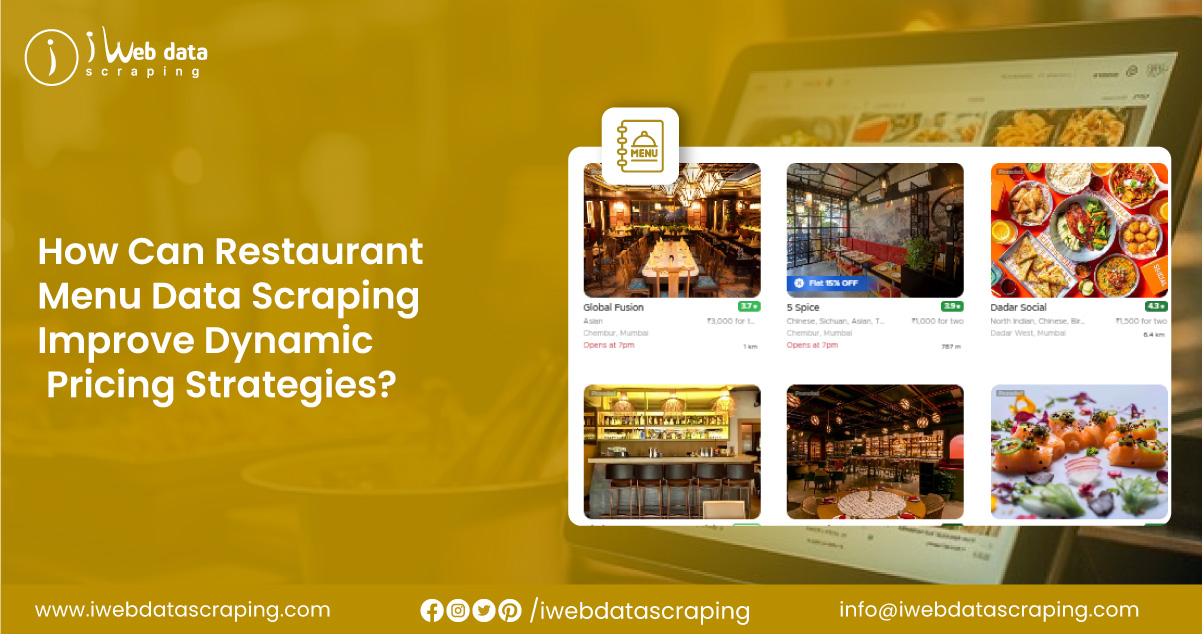
In today’s competitive food industry, pricing strategies are key to the success of restaurants, food delivery platforms, and suppliers. Restaurant Menu Data Scraping for Pricing Analysis enables businesses to collect real-time pricing data from online food delivery platforms, restaurant websites, and review sites. This data helps in Restaurant Menu Pricing Analysis, allowing businesses to track price fluctuations, regional variations, and consumer preferences. By leveraging Menu Price Monitoring for Restaurants, companies can optimize pricing strategies, identify competitive price points, and make informed decisions. Regular data collection ensures businesses stay ahead of market trends, adjust pricing based on demand, and improve profitability.
Additionally, analyzing menu prices helps restaurants remain competitive while catering to local consumer preferences. Automated data extraction enables businesses to monitor industry trends and refine their pricing models efficiently. Embracing Restaurant Menu Data Scraping for Pricing Analysis is essential for strategic pricing and sustained growth in the food service industry.
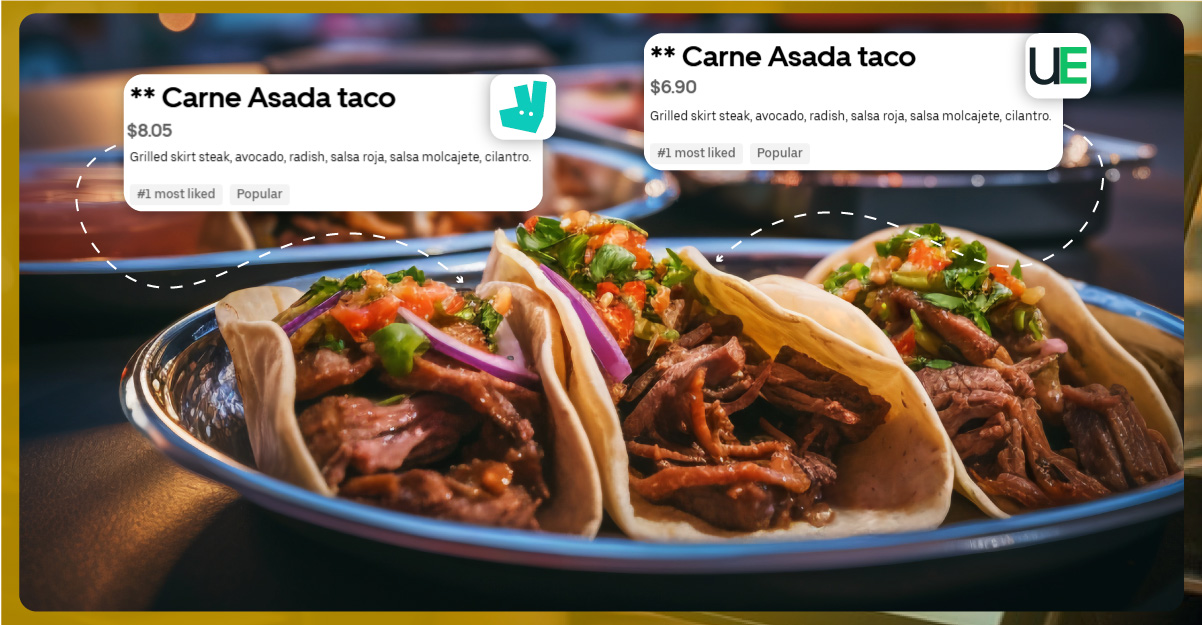
Restaurant menu data scraping is essential for pricing analysis. It helps businesses track competitor prices, analyze market trends, and implement dynamic pricing strategies. It enables data-driven decision-making, ensuring optimized pricing, improved profitability, and better alignment with customer demand across various locations and platforms.
1. Understanding Market Trends: Analyzing restaurant menu data gives businesses real-time insights into Restaurant Market Trend Analysis. Understanding which dishes are popular, how pricing varies across locations, and how frequently prices change can help restaurants and food service providers optimize their offerings.
2. Competitor Benchmarking: Menu Price Scraping for Market Research allows restaurants to benchmark their prices against competitors. By evaluating price differences for similar dishes, restaurants can identify pricing gaps and adjust their pricing strategies accordingly. Competitive pricing ensures that a restaurant remains attractive to customers without compromising profitability.
3. Regional Pricing Variations: The cost of ingredients, labor, and rent varies from one region to another. Extract Restaurant Dishes and Prices from different cities or neighborhoods to help businesses understand regional pricing variations. This information is especially valuable for restaurant chains and food delivery platforms looking to standardize or customize their pricing across different locations.
4. Consumer Preferences and Demand Analysis: Scrape Restaurant Pricing Strategy Insights to reveal trends in customer preferences. Businesses can identify high-demand dishes and set competitive prices by analyzing which menu items are frequently listed, their pricing, and customer reviews. Understanding consumer preferences also allows restaurants to experiment with menu offerings and optimize profitability.
5. Dynamic Pricing Strategies: Food delivery platforms often use dynamic pricing strategies, adjusting menu prices based on demand, location, and time of day. Advanced tools allow businesses to Extract Restaurant Menu Prices to implement similar strategies. For instance, a restaurant might charge higher prices during peak hours or offer discounts on slower days to attract customers.
6. Monitoring Price Fluctuations Over Time: Restaurant Data Scraping Services allow businesses to track price fluctuations. This information helps restaurants and food delivery platforms anticipate price changes and make informed decisions about pricing adjustments. For example, if competitors frequently raise prices on weekends, a restaurant might do the same to maximize revenue.
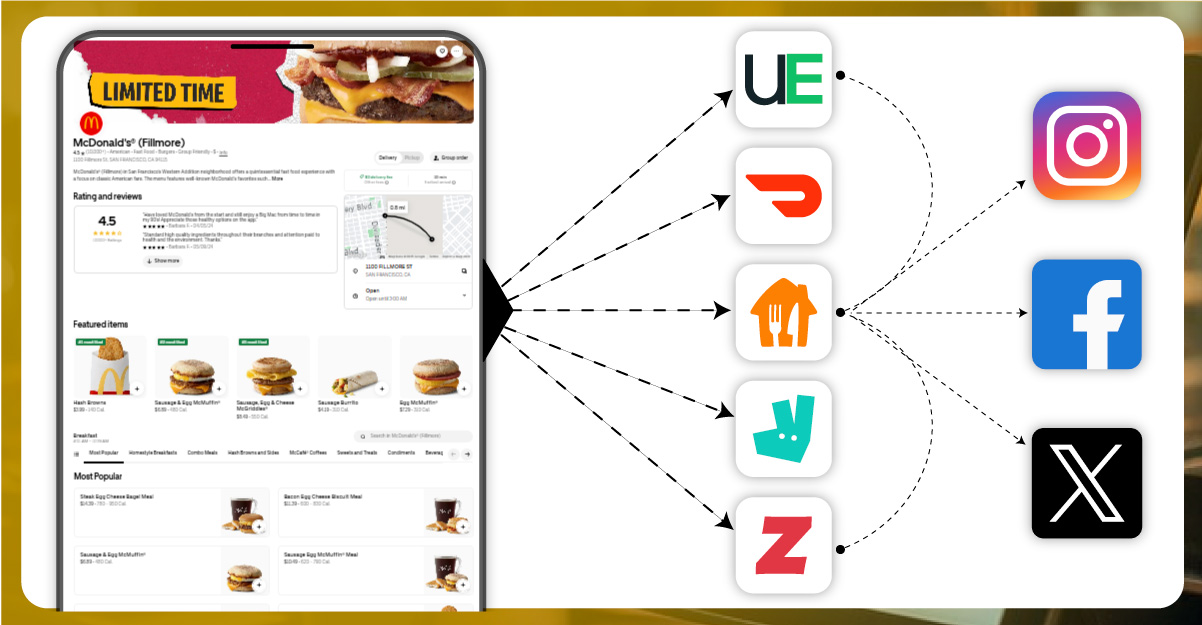
1. Food Delivery Platforms: Uber Eats, DoorDash, Grubhub, Eat, Deliveroo, Zomato, etc.
2. Restaurant Websites: Direct extraction from restaurant websites provides the most accurate pricing data.
3. Review Sites: Platforms like Yelp and TripAdvisor often contain menu data shared by customers.
4. Social Media Pages: Some restaurants post their menus on Facebook, Instagram, or Twitter.
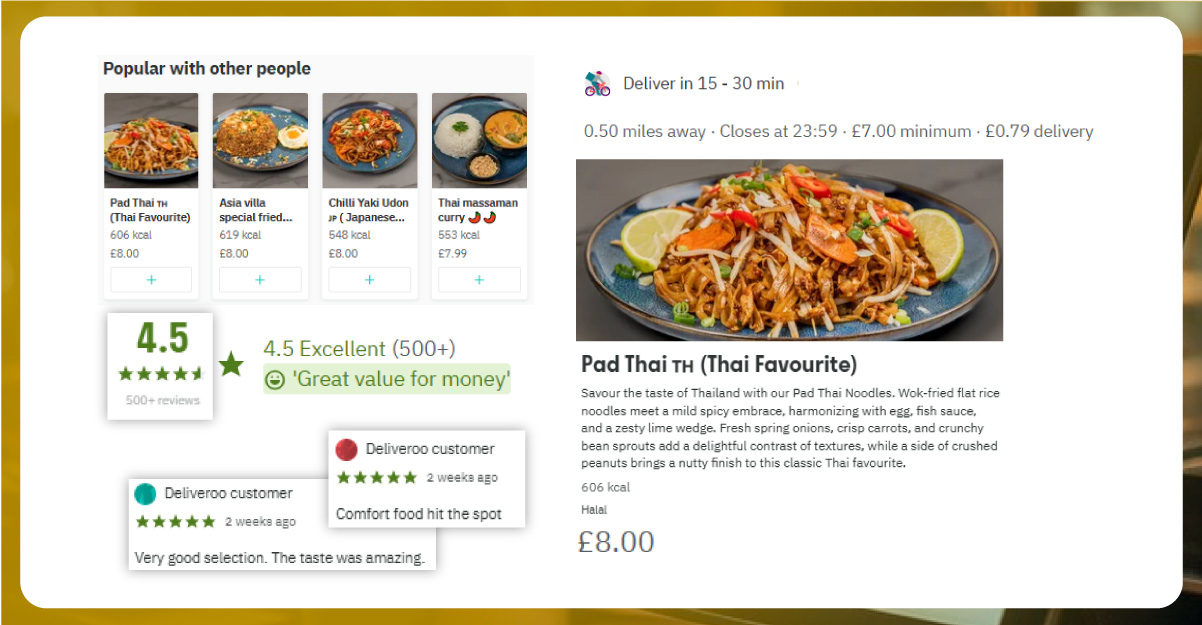
When scraping restaurant menu data, businesses typically focus on the following key data points:
Businesses can gain deeper insights into pricing strategies and consumer behavior by analyzing these data points.
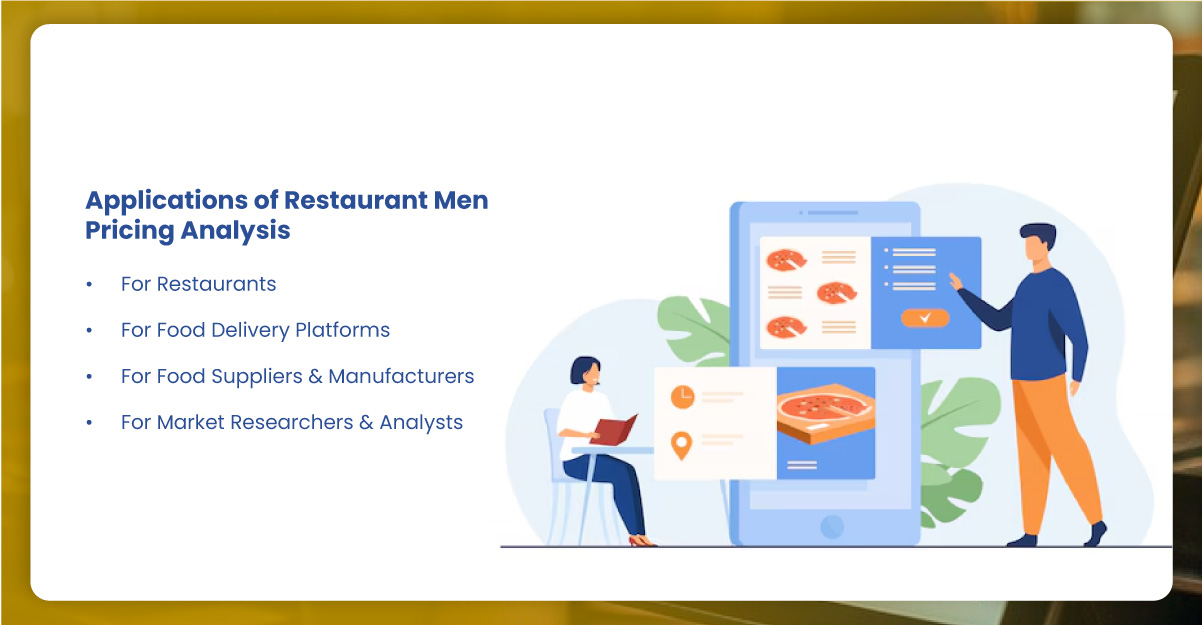
Restaurant menu pricing analysis helps businesses optimize pricing strategies, track competitor trends, and understand regional price variations. It supports dynamic pricing, demand forecasting, and profitability optimization, enabling restaurants, food delivery platforms, and market researchers to make data-driven decisions for better customer engagement and revenue growth.
1. For Restaurants
2. For Food Delivery Platforms
3. For Food Suppliers & Manufacturers
4. For Market Researchers & Analysts
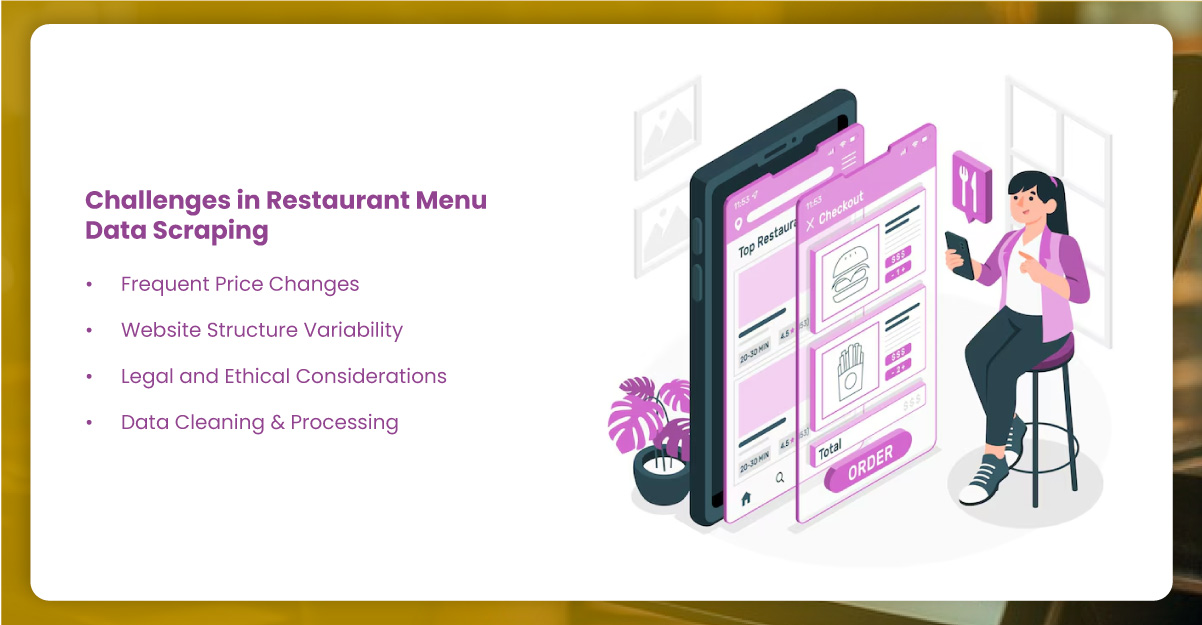
Scraping restaurant menu data has several challenges, including website restrictions, frequent menu updates, and data inconsistency. Businesses must navigate anti-scraping measures, ensure data accuracy, and adapt to dynamic pricing changes while maintaining compliance with legal and ethical data collection practices.
Ready to Unlock Business Insights? Leverage iWeb Data Scraping for Accurate and Real-Time Data.

With artificial intelligence and machine learning advancements, Restaurant Menu Datasets are becoming more valuable for businesses. AI-powered analytics tools can process vast amounts of scraped data, identify pricing patterns, and deliver real-time insights. These tools help restaurants optimize pricing and menu offerings based on competitor analysis and demand forecasting.
Additionally, businesses are adopting Restaurant Data Intelligence to integrate automated pricing models, allowing dynamic price adjustments. This ensures competitive pricing and maximizes profitability.
Furthermore, the rise of API-based data extraction is revolutionizing menu data collection.
Many food delivery platforms now offer APIs, enabling structured data retrieval without traditional web scraping. This shift enhances data accuracy and efficiency, providing businesses a more streamlined approach to menu data analysis and strategy development.
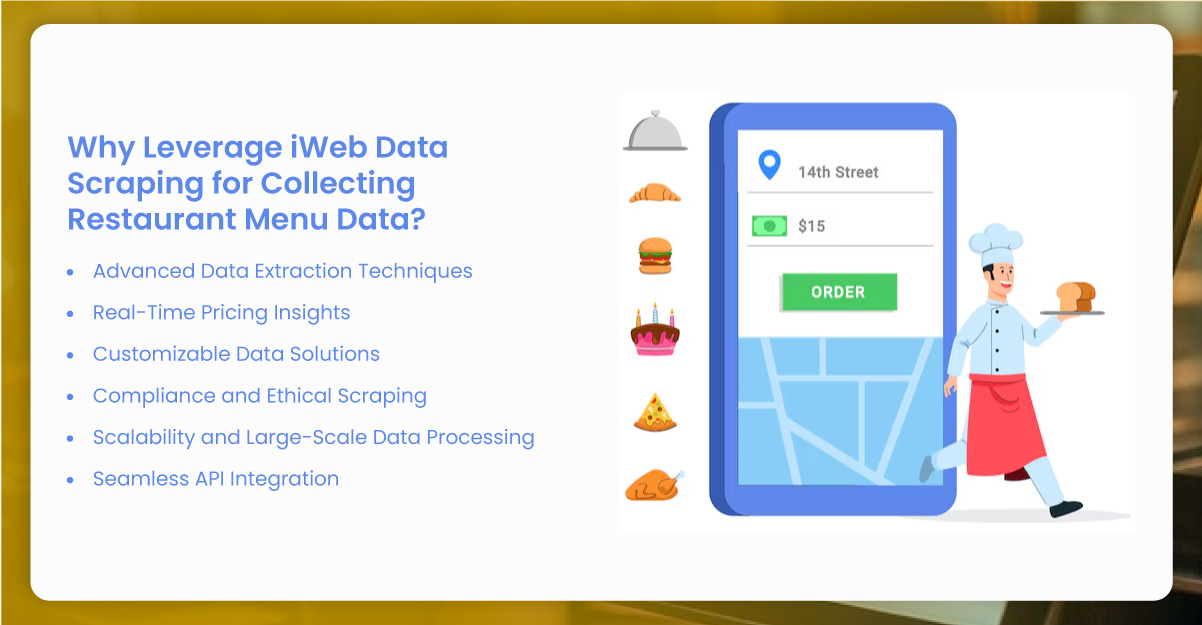
1. Advanced Data Extraction Techniques— We utilize cutting-edge scraping methods, including AI and automation, to extract accurate and structured restaurant menu data efficiently.
2. Real-Time Pricing Insights – Our services provide up-to-date menu pricing data, helping businesses implement dynamic pricing strategies and stay competitive.
3. Customizable Data Solutions – We tailor our scraping solutions to meet specific business needs, whether for competitor analysis, pricing optimization, or market research.
4. Compliance and Ethical Scraping – We adhere to legal and ethical data collection practices, ensuring compliance with industry standards and platform policies.
5. Scalability and Large-Scale Data Processing – Our infrastructure supports high-volume data extraction, making us ideal for enterprises, food delivery platforms, and market researchers.
6. Seamless API Integration – We offer API-based data solutions for easy integration, allowing businesses to access structured restaurant menu data effortlessly.
Restaurant menu data scraping is a powerful tool for pricing analysis, enabling businesses to make data-driven pricing decisions, optimize menu offerings, and stay competitive in the food service industry. By leveraging scraped data, restaurants, food delivery platforms, and market analysts can gain valuable insights into pricing trends, consumer behavior, and market demand. While challenges exist, advancements in AI, automation, and API-based data extraction make menu data scraping more efficient and insightful.
Experience top-notch web scraping service and mobile app scraping solutions with iWeb Data Scraping. Our skilled team excels in extracting various data sets, including retail store locations and beyond. Connect with us today to learn how our customized services can address your unique project needs, delivering the highest efficiency and dependability for all your data requirements.